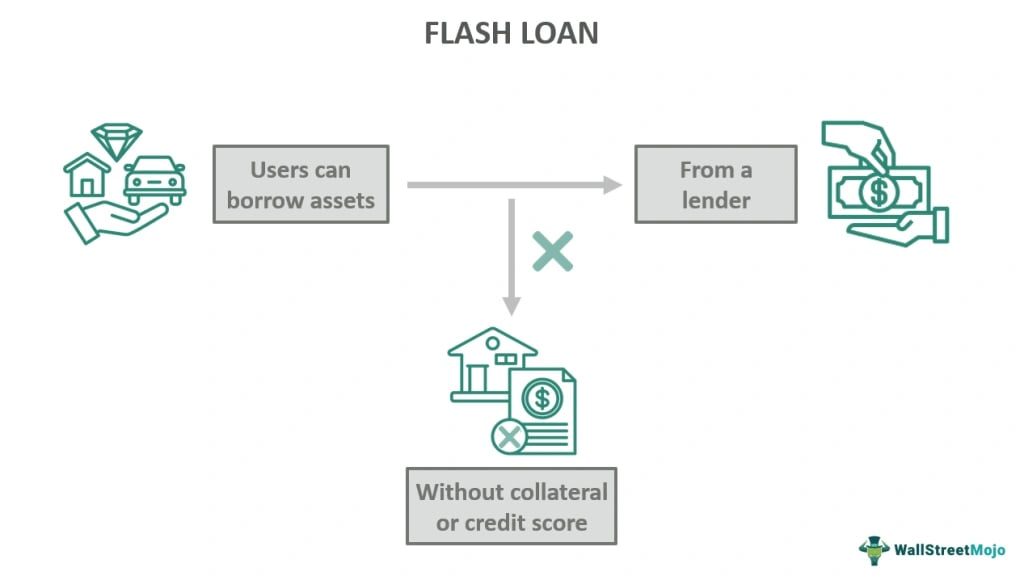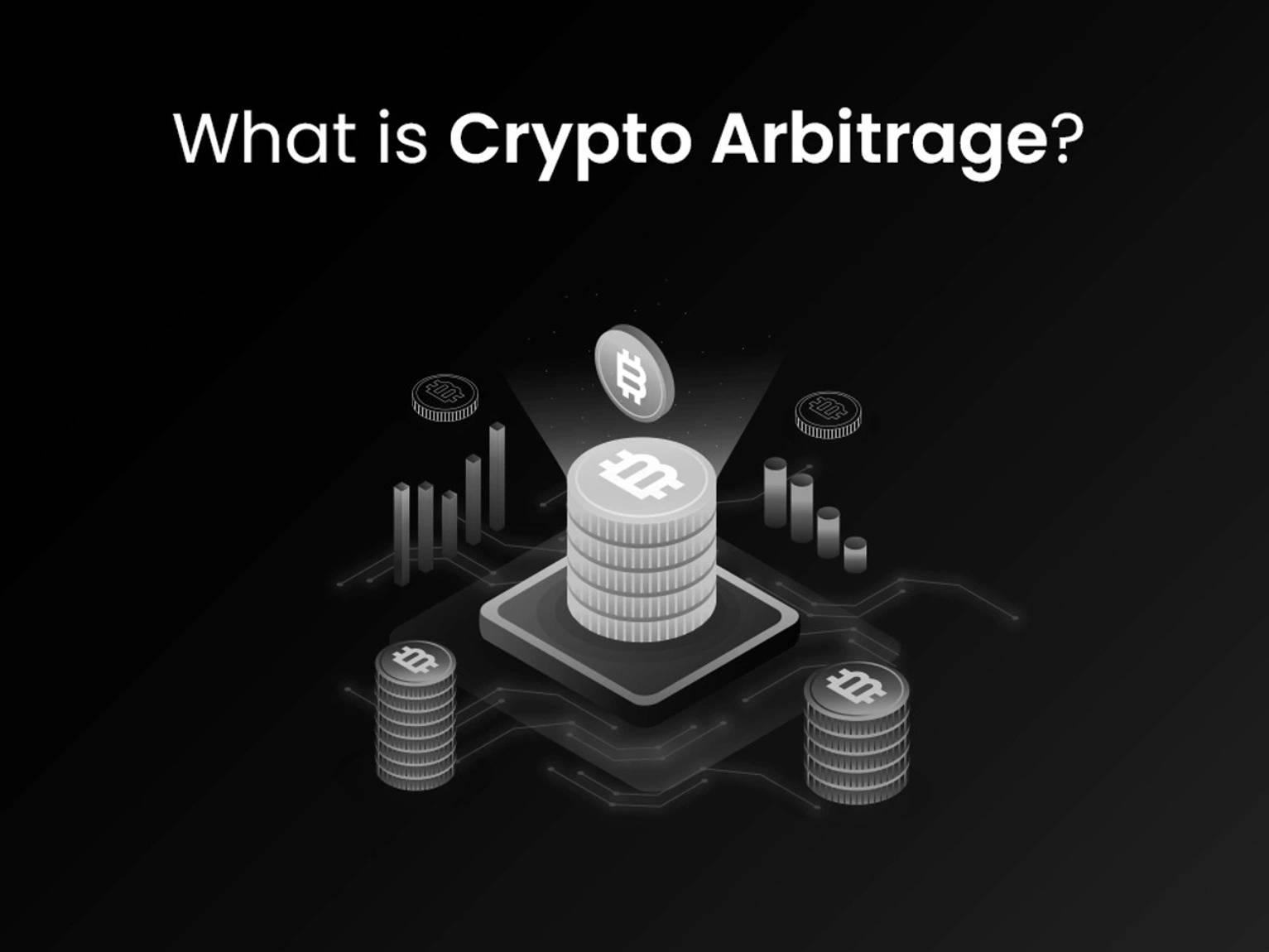Arbitrage
차익 거래는 한 시장 또는 거래소에서 자산을 구매하고 다른 시장에서 더 높은 가격으로 판매하여 가격 차이에서 이익을 얻는 거래 전략입니다.[8]
개요
거래자들은 특정 암호화폐의 가격이 플랫폼 간에 크게 다른 경우를 식별하기 위해 여러 암호화폐 거래소를 지속적으로 모니터링합니다. 차익 거래 기회가 감지되면 거래자는 한 거래소에서 더 낮은 가격으로 암호화폐를 구매하고 동시에 다른 거래소에서 더 높은 가격으로 판매합니다. 목표는 가격 차이를 고정하기 위해 가능한 한 빨리 두 거래를 완료하는 것입니다. 구매 가격과 판매 가격의 차이에서 거래 비용 및 수수료를 뺀 금액이 차익 거래에서 발생하는 이익을 구성합니다.[1]
성공적인 차익 거래에 필요한 속도를 고려하여 많은 거래자들이 차익 거래 기회를 즉시 식별하고 실행하도록 프로그래밍된 자동 거래 봇 또는 알고리즘을 사용합니다.[6]
형태 및 전략
공간 차익 거래
암호화폐 차익 거래라고도 합니다. 운송 비용 또는 지역 수급 불균형으로 인해 도시 또는 국가와 같은 다른 지리적 위치에서 동일한 자산에 대한 가격 차이를 이용합니다.[3]
예시
CryptoX가 다음 두 거래소에서 다른 수준으로 거래되고 있다고 가정합니다.
- 거래소 A: CryptoX의 가격은 10,000달러입니다.
- 거래소 B: CryptoX의 가격은 10,500달러입니다.
이 시나리오에서는 거래자가 두 거래소 간의 가격 차이에서 이익을 얻을 수 있는 차익 거래 기회가 있습니다.
시간 차익 거래
수렴 차익 거래라고도 합니다. 특히 선물 및 현물 시장에서 시간이 지남에 따라 발생하는 가격 불일치를 활용합니다.
예시
CoinX가 현물 시장과 선물 시장 모두에서 거래되고 있다고 가정합니다.
- 현물 시장: CoinX는 현재 50달러에 거래되고 있습니다.
- 선물 시장: CoinX의 1개월 선물 계약 가격은 55달러입니다.
이는 현재 현물 가격과 1개월 선물 계약 가격 간에 가격 차이가 있는 시나리오를 만듭니다.
통계적 차익 거래
통계 모델을 활용하여 상관 관계가 있는 자산 간의 가격 관계를 식별하고 활용하여 평균으로의 수렴을 목표로 합니다.
예시
상관 관계가 높은 두 암호화폐인 CryptoA와 CryptoB가 있다고 가정합니다.
- CryptoA: 가격은 200달러입니다.
- CryptoB: 가격은 210달러입니다.
특정 암호화폐에 대한 과거 분석에 따르면 CryptoA와 CryptoB 간의 가격 비율은 시간이 지남에 따라 비교적 안정적으로 유지되는 경향이 있습니다. 역사적으로 평균 비율이 0.95(CryptoB 가격으로 나눈 CryptoA 가격)였다고 가정합니다. 그러나 두 암호화폐의 현재 비율이 0.90이면 과거 평균에서 잠재적인 편차가 있음을 시사합니다. 0.95의 과거 가격 비율이 다시 설정되면 CryptoA의 가격은 CryptoB의 가격에 비해 이상적으로 상승하여 거래자에게 잠재적으로 이익을 가져다줄 수 있습니다.
위험 차익 거래
합병 차익 거래라고도 합니다. 대상 회사의 주가가 인수 제안과 다른 합병, 인수 또는 기타 기업 이벤트 중에 가격 불일치에서 이익을 얻습니다.
예시
두 토큰 "TokenX"와 "TokenY"를 고려하십시오.
- TokenX: 현재 100달러에 거래되고 있습니다.
- TokenY: 인수 회사는 TokenX를 토큰당 120달러에 구매하겠다고 제안합니다.
이 시나리오는 인수 제안이 완료될 가능성이 높고 시장이 인수 가격을 완전히 반영하지 않았다고 가정할 때 위험 차익 거래 기회를 제공합니다.
삼각 차익 거래
거래자는 다양한 쌍에서 세 가지 다른 암호화폐 간의 가격 불일치를 이용합니다.
예시
차익 거래자는 BTC를 ETH로, ETH를 XRP로, XRP를 다시 BTC로 거래하여 세 가지 간의 불균형에서 이익을 얻을 수 있습니다.[2]
위험
시장 변동성
암호화폐 시장은 변동성이 매우 커서 차익 거래의 수익성에 영향을 미치는 갑작스러운 가격 변동으로 이어질 수 있습니다.
거래 수수료
거래, 거래소 간 자금 이체 및 암호화폐 인출에 대한 수수료는 잠재적 이익에 영향을 미칠 수 있습니다.
거래소 정책
거래소마다 거래자가 고려해야 하는 다양한 인출 한도, 거래 수수료 및 확인 프로세스가 있습니다.[7]
네트워크 혼잡
높은 네트워크 활동은 거래소 간에 암호화폐를 이체하는 데 지연을 초래하여 차익 거래 전략 실행에 영향을 미칠 수 있습니다.
규제 환경
암호화폐 규정은 관할 구역에 따라 다르므로 국경 간 차익 거래의 타당성에 영향을 미칠 수 있습니다. 2022년 8월 27일 현재 암호화폐 규정을 일관성 있게 만들기 위해 미국 의회에서 여러 법안이 제안되었습니다.[4]
세금
특정 지역에서는 개인이 판매, 거래 또는 처분에 참여할 때 암호화폐 보유에 대한 세금 의무를 이행해야 합니다. 또한 개인이 선물, 채굴 또는 제공된 서비스에 대한 대가로 암호화폐를 받는 경우 암호화폐는 소득으로 과세될 수 있습니다.[5]
플래시 대출
플래시 대출은 사용자가 담보 또는 신용 점수 없이 대출 플랫폼에서 상당한 암호화폐 자산을 빌릴 수 있도록 하는 디파이 거래 유형입니다. 그러나 빌린 자금은 동일한 거래 블록 내에서 반환됩니다. 빠른 차입 및 상환을 용이하게 하기 위해 블록체인 네트워크의 빠른 속도를 사용하는 것을 목표로 합니다.[9]

예시
Aave는 플래시 대출을 제공하는 DeFi 대출 플랫폼입니다. 사용자는 동일한 거래 내에서 차입 자금과 이자를 반환하는 한 담보 없이 광범위한 암호화폐를 빌릴 수 있습니다. Aave는 플래시 대출 거래를 위한 강력한 스마트 계약 인프라를 제공합니다.
예를 들어 사용자가 암호화폐 토큰의 가격이 다른 두 DEX 간의 차익 거래 기회를 활용하는 경우 플래시 대출 프로세스가 진행됩니다. 플래시 대출 프로세스:
- 이더리움의 스마트 계약을 작성하여 Aave를 사용하여 1,000 ETH의 플래시 대출을 요청해야 합니다.
- 스마트 계약은 담보를 제공할 필요 없이 플래시 대출 서비스 제공업체에서 1,000 ETH를 빌립니다.
- 동일한 거래에서 스마트 계약은 다음을 수행합니다.
- 더 낮은 가격으로 책정된 DEX A에서 빌린 1,000 ETH를 대상 암호화폐로 교환합니다.
- 획득한 대상 암호화폐를 더 높은 가격으로 책정된 DEX B로 이체합니다.
- DEX B에서 대상 암호화폐를 더 많은 ETH로 판매합니다.
- 성공적으로 차익 거래를 하고 이익을 얻은 후 스마트 계약은 수수료와 함께 플래시 대출을 제공업체에 상환합니다.
- 남은 이익은 사용자 자체에 속합니다.
사용자가 동일한 거래 내에서 플래시 대출을 상환하지 못하면 전체 거래가 되돌려지고 이익을 얻지 못하지만 사용자도 플래시 대출 제공업체에 아무것도 빚지지 않습니다.[10]
김치 프리미엄
김치 프리미엄은 비트코인 및 기타 암호화폐가 한국 거래소와 전 세계 다양한 외국 거래소에서 거래될 때 거래 가격의 차이입니다.[11] 차익 거래에서 김치 프리미엄은 거래자가 한국 거래소와 글로벌 거래소 간의 가격 차이를 이용하여 이익을 얻을 수 있는 기회를 제공할 수 있습니다.
김치 프리미엄은 2016년 초에 현상으로 처음 확인되었습니다. 캘거리 대학교 교수들에 따르면 2016년에서 2018년 사이에 김치 프리미엄으로 인한 불일치가 가장 높은 이유는 제한된 비트코인 공급에 대한 높은 수요 때문입니다.
김치 프리미엄은 일정하지 않지만 나타날 때 비트코인은 한국에서 최대 50% 더 비쌀 수 있습니다. 이러한 기간 동안 금융 상품 가격의 격차에서 수익을 얻으려는 차익 거래자는 미국 또는 유럽과 같은 시장에서 비트코인을 구매하여 한국에서 판매함으로써 이익을 얻을 수 있습니다.[12]
2017년에 SBF는 강력한 암호화폐 포지션을 얻기 위해 암호화폐 차익 거래 기술을 사용했습니다. 그는 다른 국가와 다른 거래소에서 큰 가격 차이를 깨달았습니다. SBF가 김치 프리미엄으로 이익을 얻었을 당시 비트코인은 미국에서 10,000달러였지만 한국의 디지털 통화에 대한 극심한 수요로 인해 한국 거래소에서 15,000달러에 거래되고 있었습니다. 다른 차익 거래도 이 기간 동안 일본에서 발생했지만 외국 거래자에 대한 제한으로 인해 일본의 프리미엄은 한국만큼 높지 않았습니다.[13]
김치 프리미엄의 반대는 김치 디스카운트입니다. 김치 디스카운트는 특정 시점에 비트코인이 다른 외국 거래소보다 한국 거래소에서 더 저렴하게 거래된다는 것을 의미합니다.[12]
